

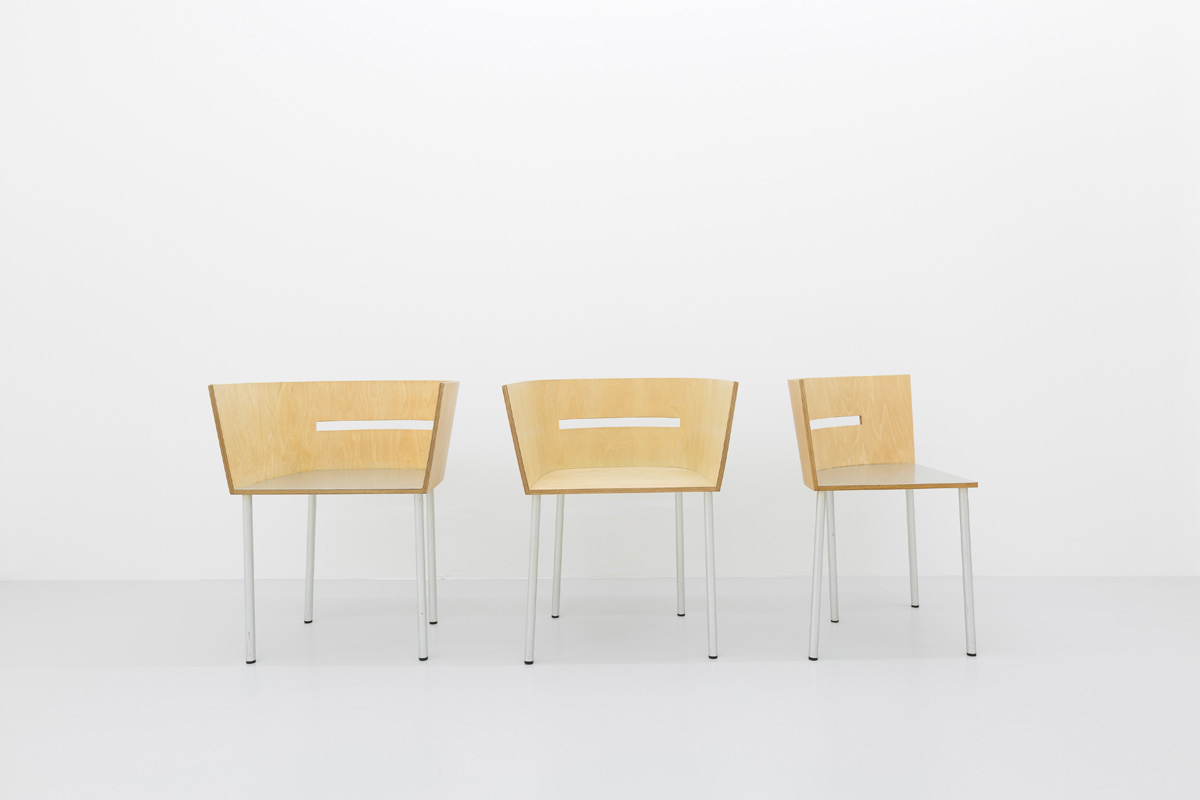
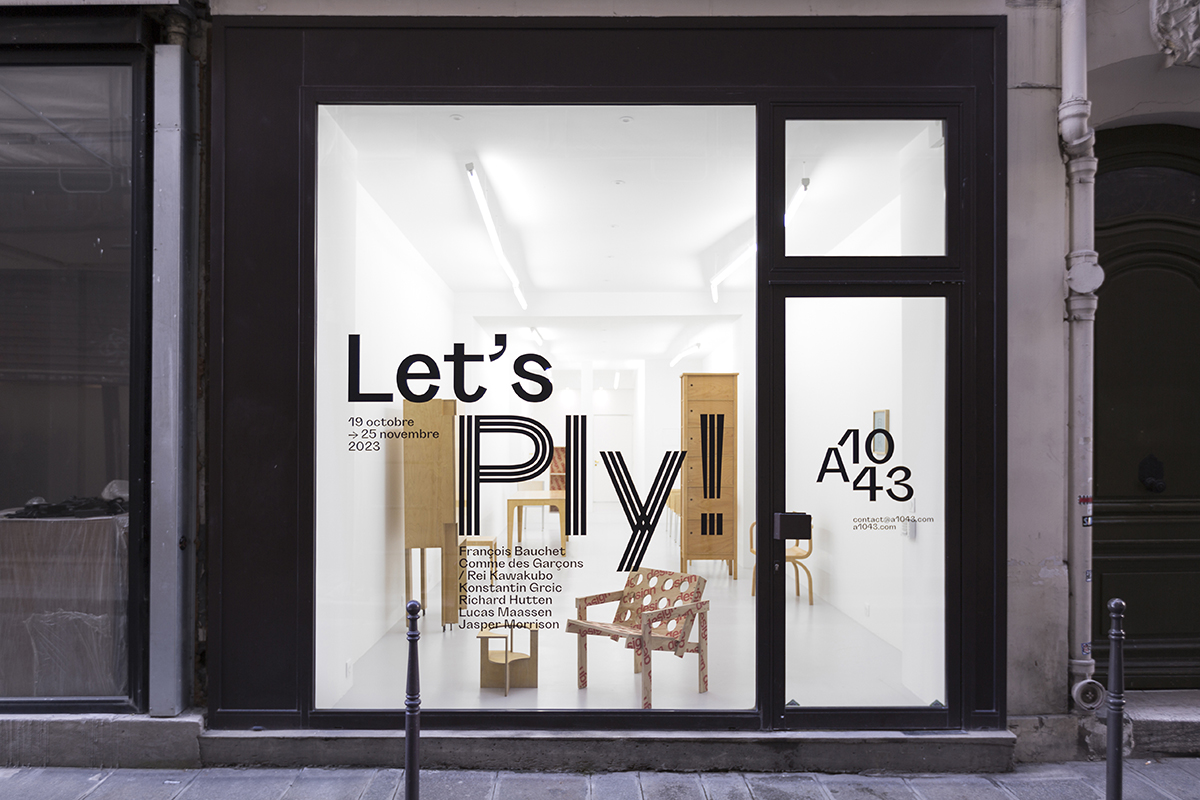
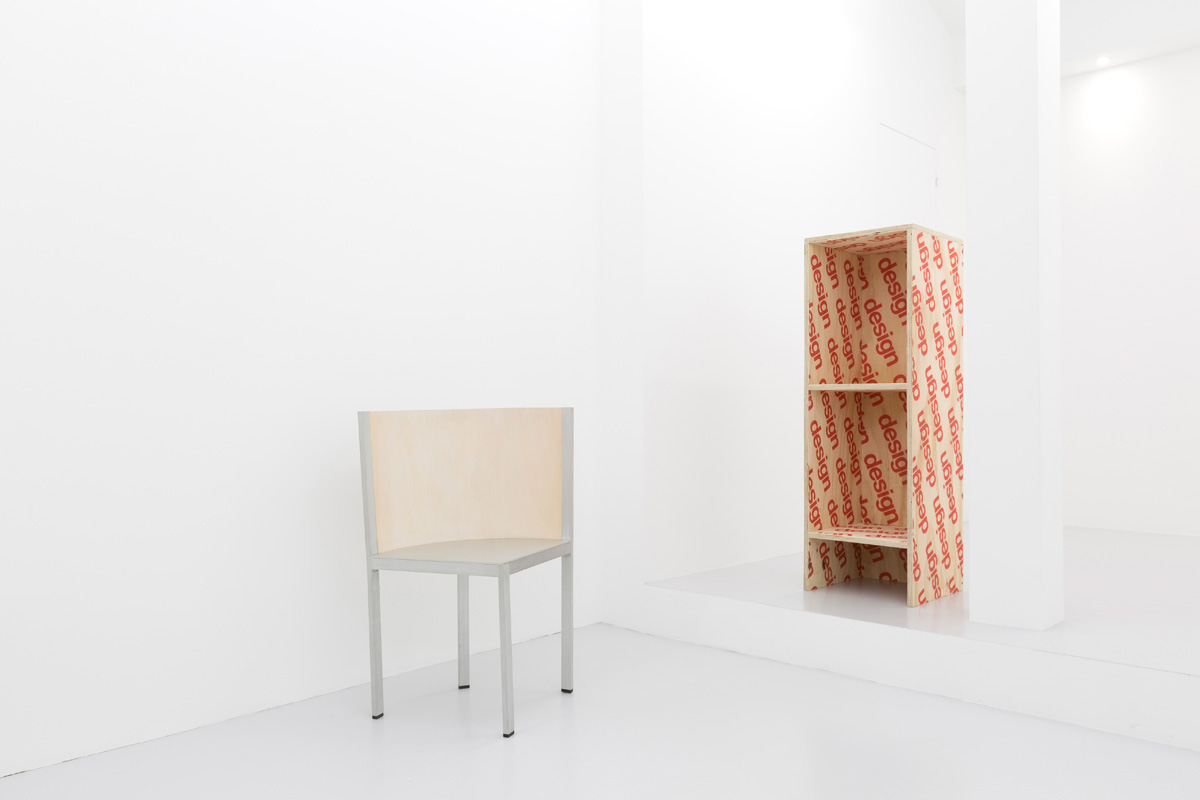

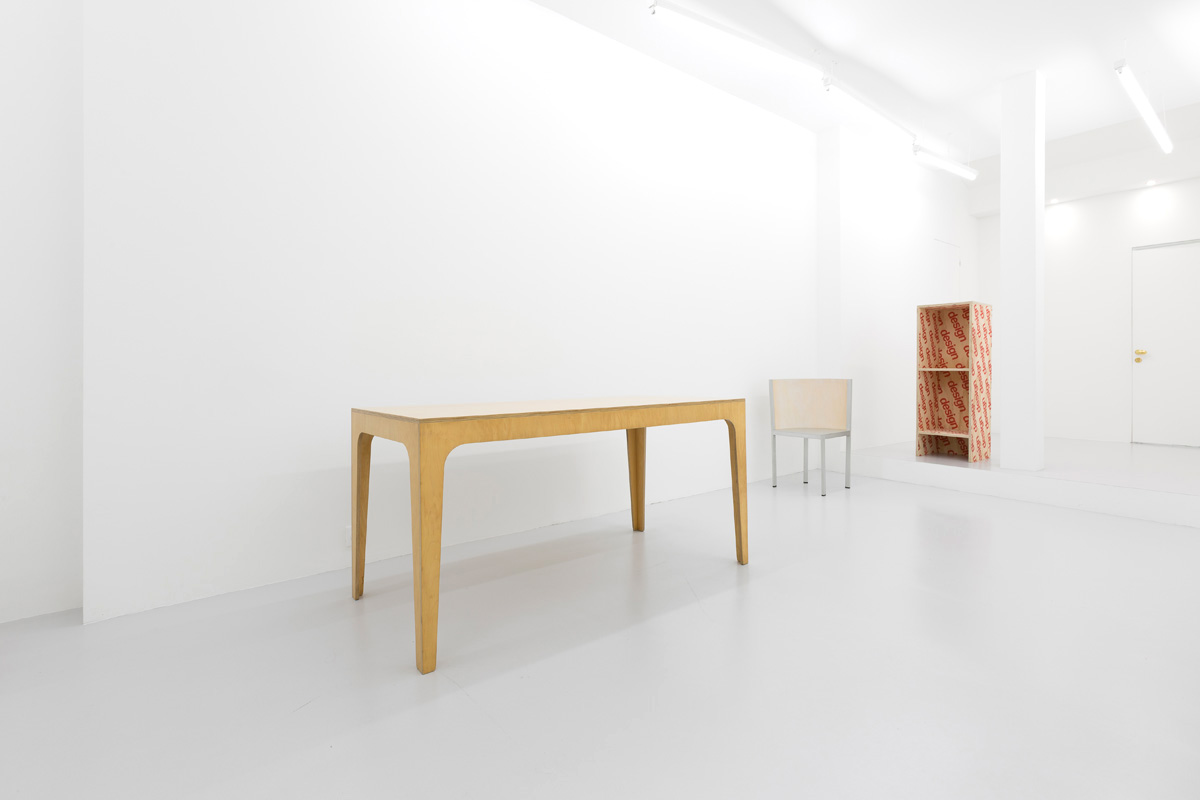
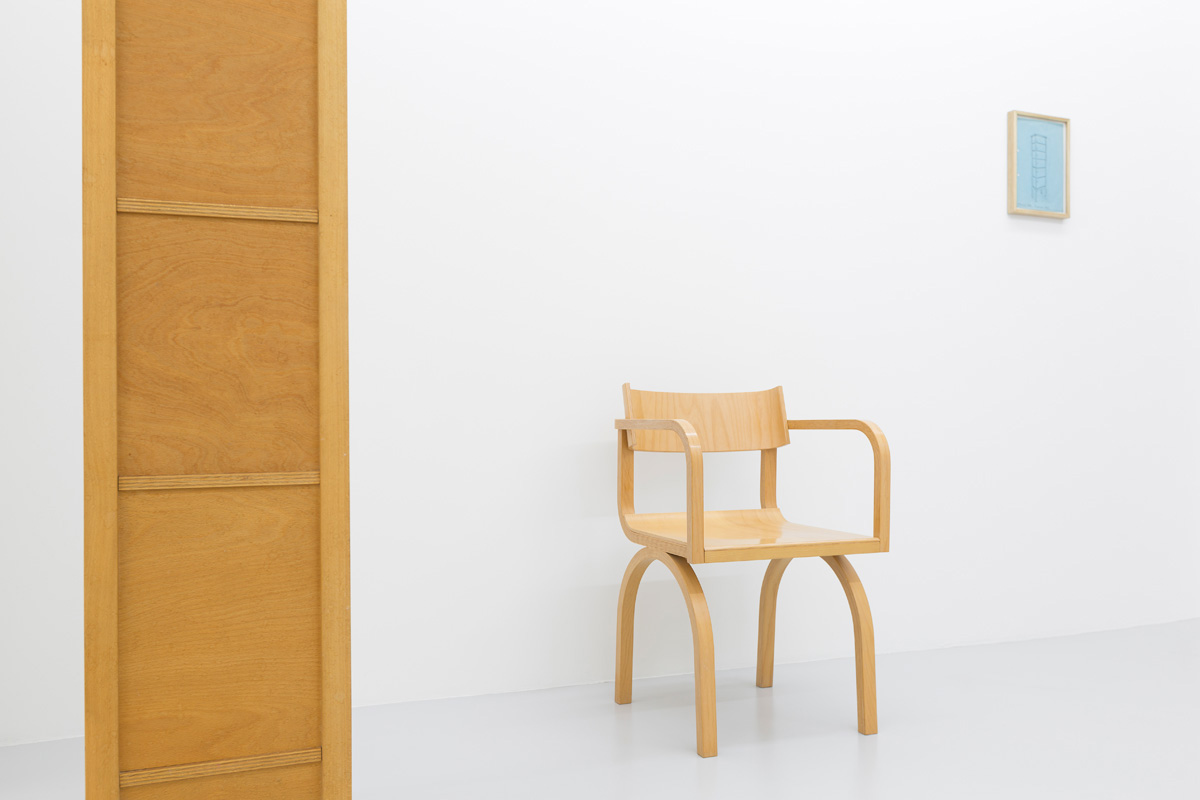
Let’s Ply!
François Bauchet, Comme des Garçons / Rei Kawakubo, Konstantin Grcic, Richard Hutten, Lucas Maassen, Jasper Morrisson
October 19th
︎︎︎ November 25th, 2023
Reality is making a comeback. Environmental, ecological, economic, social, political and international emergencies are looming on the horizon, forcing us to take reality into account. Shunned and increasingly abstract, reality hovers between presence and absence, juggling wars in Israel, Ukraine and Armenia and embracing virtual phenomena (the ubiquitous issue of AI) broadcast en masse on social networks. Fake news, false images, false faces and false events have become part of our daily lives, competing with real life. Like all creative fields, design is also affected by these issues. In recent years, reality has returned in an unexpected form through exploring old and new materials. We are constantly witnessing advances in the use of recycled and bio-sourced materials, as well as the development of design based exclusively on highlighting the material itself. The result is furniture featuring the aesthetics of cast metal, the use of resins and the accumulation of a wide variety of materials. Drips, trickles, blisters, burns and cracks of all kinds are now a daily occurrence among design enthusiasts. However, materials have not always been so prevalent, even though they are regularly the subject of exhibitions. Some of the best-known are the modest but brilliant MDF exhibition at the Fondation Cartier in 1988, L'Utopie du tout plastique in 1994 (CIVA, Brussels), Plywood: Material, Process, Form, 2011 (Moma, New York), Plywood: Material of the Modern World, 2017 (V&A, London) and very recently Plastic: Remaking Our World, 2022 (Vitra Design Museum).
Let's Ply! is our humble contribution to this theme and in particular to that modest but oh-so-essential material, plywood. Plywood is often second only to cardboard in the development of a design project. It has seen countless uses and experiments, notably by the greatest designers of the first half of the twentieth century (Marcel Breuer, Alvar Aalto, Charles Eames, Eero Saarinen, Arne Jacobsen, to name but a few). In reaction to the widespread use of melamine in Italian design in the first half of the 80s (what could you do without Abet Laminati back then?), some designers wanted to break away from the mainstream by using plywood without any artifice or masking, sometimes to the point of being unfinished.
Four years after her first pieces of furniture, Rei Kawakubo has created 17 models, 12 of them using plywood. Moving away from the influence of Bauhaus and U.A.M furniture, she developed a unique body of work in which plywood was combined with aluminium, two inexpensive materials of seemingly low quality. However, if you have to describe this furniture, elegance is the first word that springs to mind. As always with Rei Kawakubo, luxury comes from precision and exacting standards. But although it may seem obvious, the nature of the plywood here is not commonplace, nor is its seemingly crude treatment.
François Bauchet, who was featured in our last exhibition, is equally innovative. In 1988, Bauchet, accustomed to designing his furniture in resin or plywood, decided to leave it visible in the unique Cabinet Bouleau (1988, edited by Néotù). François Bauchet's highly ingenious challenge here is to show how this simple, flat material can be transformed into a volume using nothing more than the simple tools of a carpenter.
During the same period, Jasper Morrison developed the Plywood chairs (1988/1989, edited by Vitra), using a similar approach but placing even greater emphasis on the economy of the material and the economy of its use. With the simple aid of a common jigsaw, and in a context far removed from the cabinetmaker's workshop, Jasper Morrison designed what was to become a true design icon.
After the 80s, Dutch design was dynamized (dynamited?) by the Droog Design group's arrival on the market. Among the members of this group was Richard Hutten, whose cabinet we are exhibiting in a unique version, accompanied by its original drawing. Part of the No Sign of Design furniture series, this piece owes as much to the simplicity of the material as to the design. Plywood would appear to be the most obvious material to use if you want to keep the manufacturing process to a minimum. No Sign of Design is exemplary in this respect, because while rejecting invention by its very nature, it reinvents a part of design and reconnects with modernist furniture designers.
Konstantin Grcic's design of the Cramer chair is also a form of tribute. By adopting the same general line but using a material with different limitations, plywood, Konstantin Grcic has invented an unusual chair that does not belong to any particular era but endeavours to revive the original aim of the B403, to make a piece of furniture that is accessible to all.
More recently, and taking the question of historical validation even further, in 2022 Lucas Maassen produced a series of pieces of furniture made entirely of plywood, screen-printed with the repeated word Design. There is no formal invention here. Each piece of furniture takes its shape from existing pieces by Franz West or Gerrit Rietveld, for example. The furniture, but above all the material, becomes the medium for a message that can be summed up as follows: what makes design? Which brings us back to the question: what makes it real? We need reality more than anything else, but does it only exist in a conflictual relationship?
